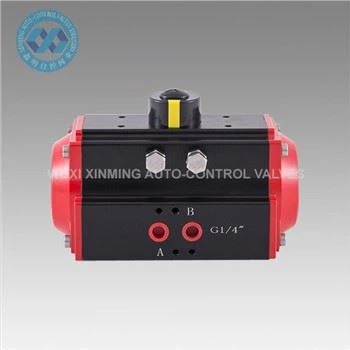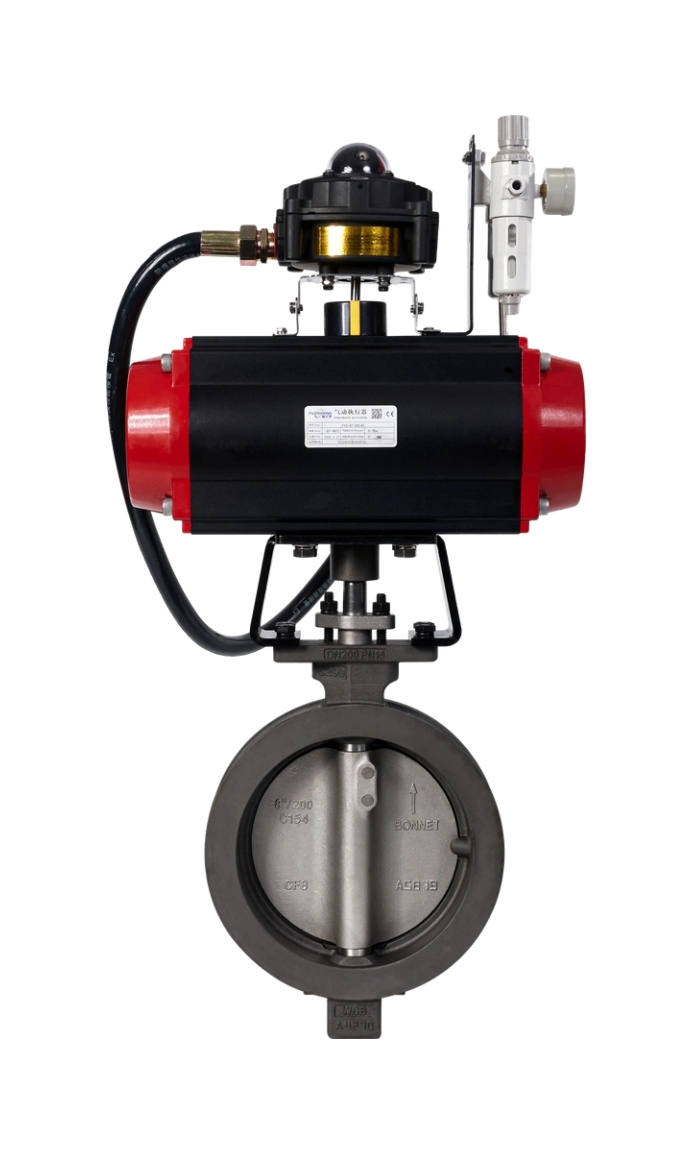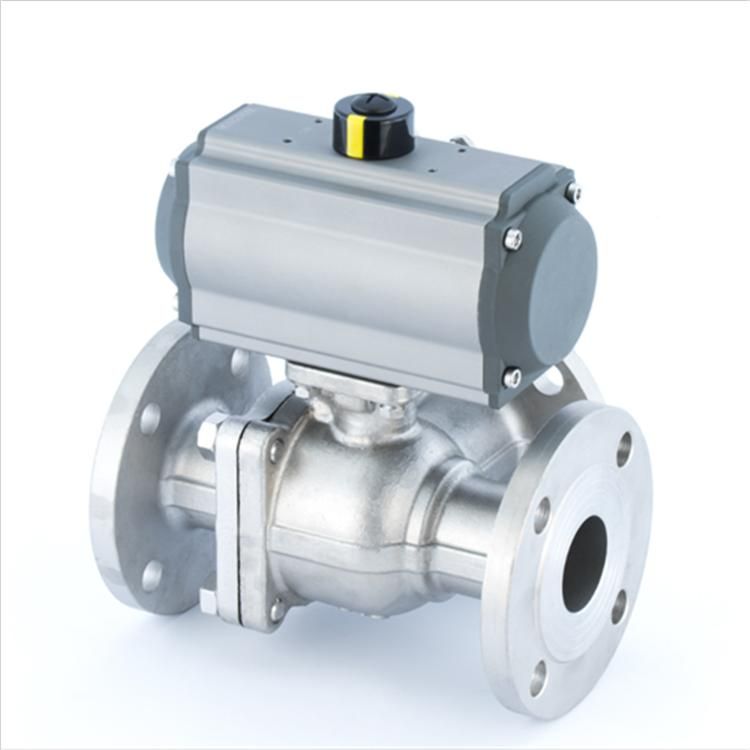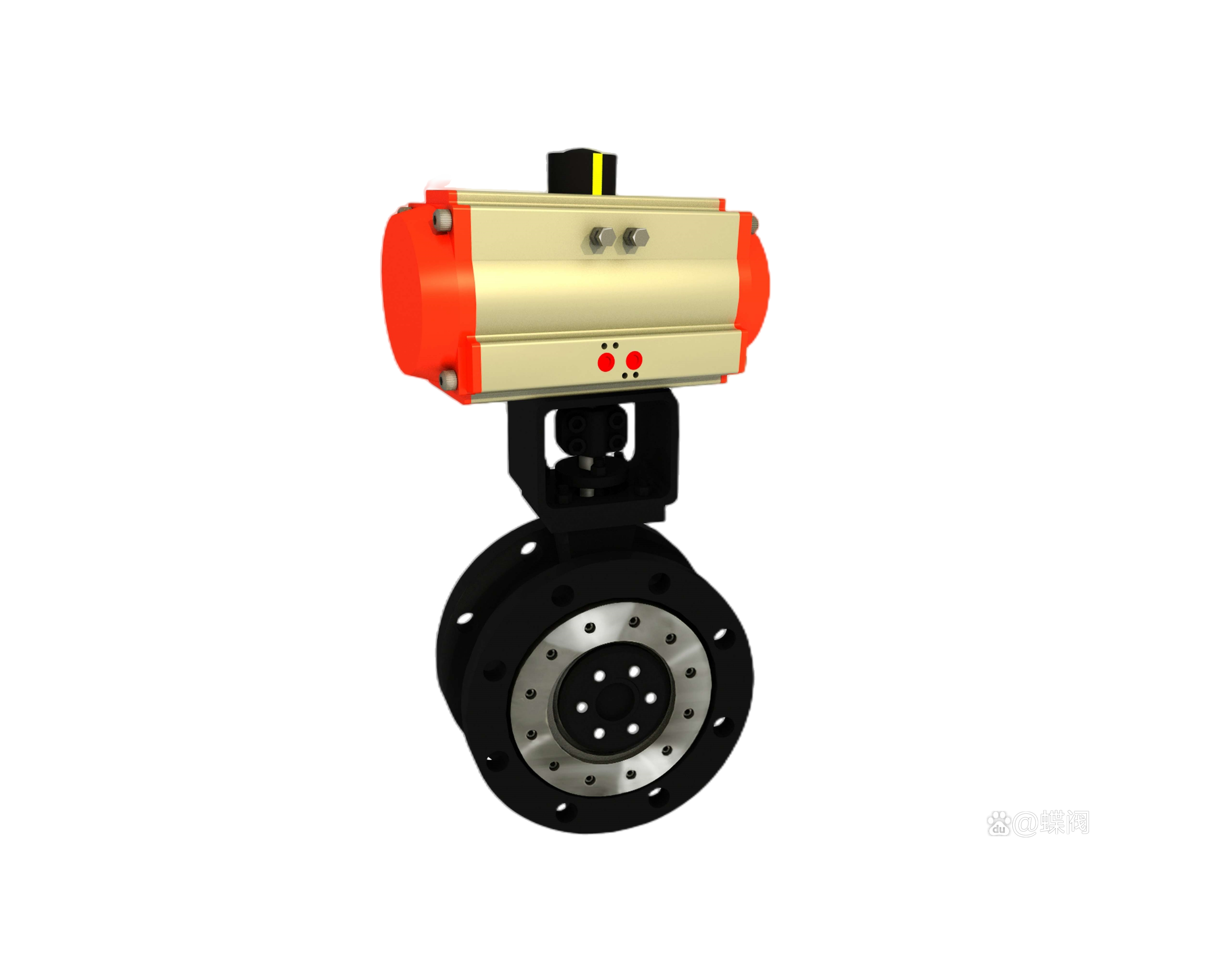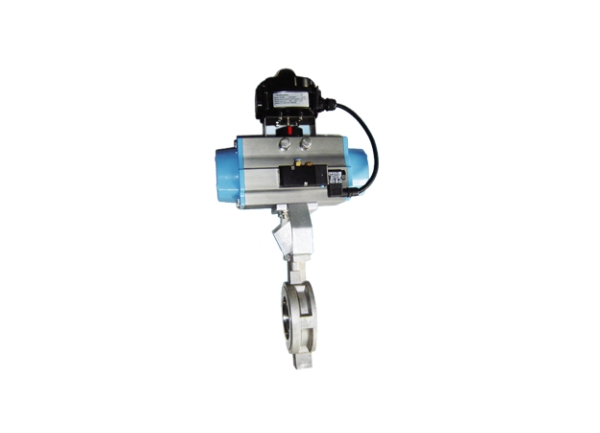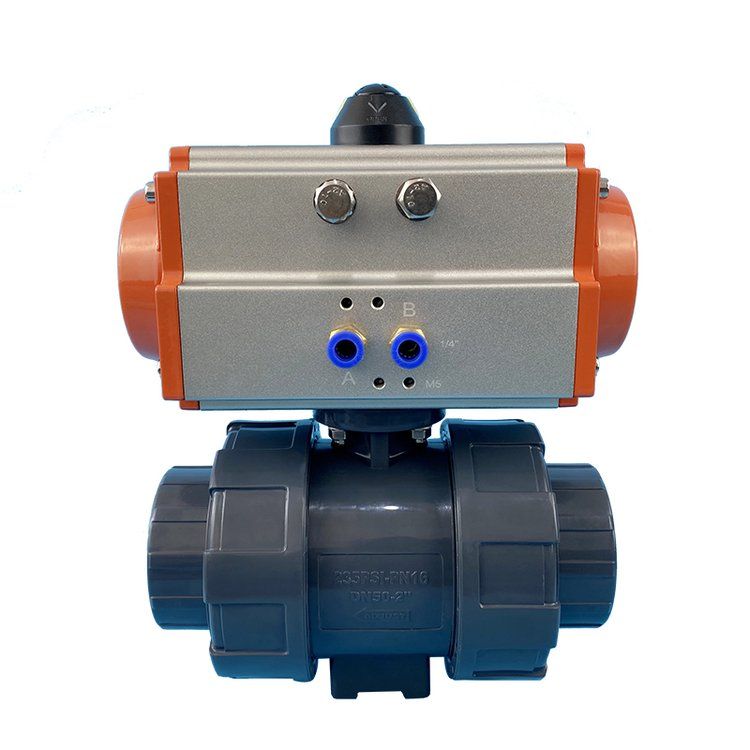Temperature Impact on Spring Return Pneumatic Actuators
Understanding Thermal Effects on Performance and Longevity
Temperature significantly impacts the performance of spring return pneumatic actuators through multiple mechanisms. Extreme conditions affect various components differently, leading to potential operational issues and reduced lifespan.
Understanding these effects is crucial for proper actuator selection, maintenance, and ensuring reliable operation in diverse environmental conditions.
Key Impact Areas
- Seal and O-ring degradation under heat
- Spring tension alteration at high temperatures
- Lubricant viscosity changes in cold conditions
- Moisture freezing in air supply lines
- Thermal expansion and contraction of metal components
- Air density variations affecting pressure
Heat Effects
Extreme heat can degrade critical components, such as seals and O-rings, causing them to harden, crack, or lose elasticity. This deterioration leads to air leaks, reducing pressure within the actuator and weakening both the forward and return movements.
Over time, heat may also affect the spring's tension, as high temperatures can alter the material's properties, diminishing its ability to return the actuator to its home position reliably.
Cold Effects
Conversely, cold temperatures present different challenges. Lubricants within the actuator can thicken or solidify, increasing friction between moving parts like the piston and cylinder wall.
This heightened resistance slows operation and may cause erratic movement or complete seizing. Moisture in the air supply can condense and freeze in cold conditions, blocking air passages or creating ice buildup that physically obstructs component movement.
Temperature Fluctuations
Temperature fluctuations exacerbate these issues. Expansion and contraction of metal components during repeated heating and cooling cycles can loosen fittings or create misalignments, leading to binding or inefficient operation.
The air itself, being a gas, changes density with temperature—warmer air is less dense, potentially reducing the force generated by the pneumatic supply, while colder, denser air might increase pressure beyond optimal levels.
Mitigation Strategies
Overall, temperature extremes disrupt the delicate balance between pneumatic pressure, spring tension, and mechanical movement, compromising the actuator's responsiveness, precision, and longevity.
Proper insulation, temperature-rated components, and climate-controlled environments help mitigate these effects, ensuring consistent performance.
If you want to learn more about low-priced products, please visit the following website: www.xm-valveactuator.com






